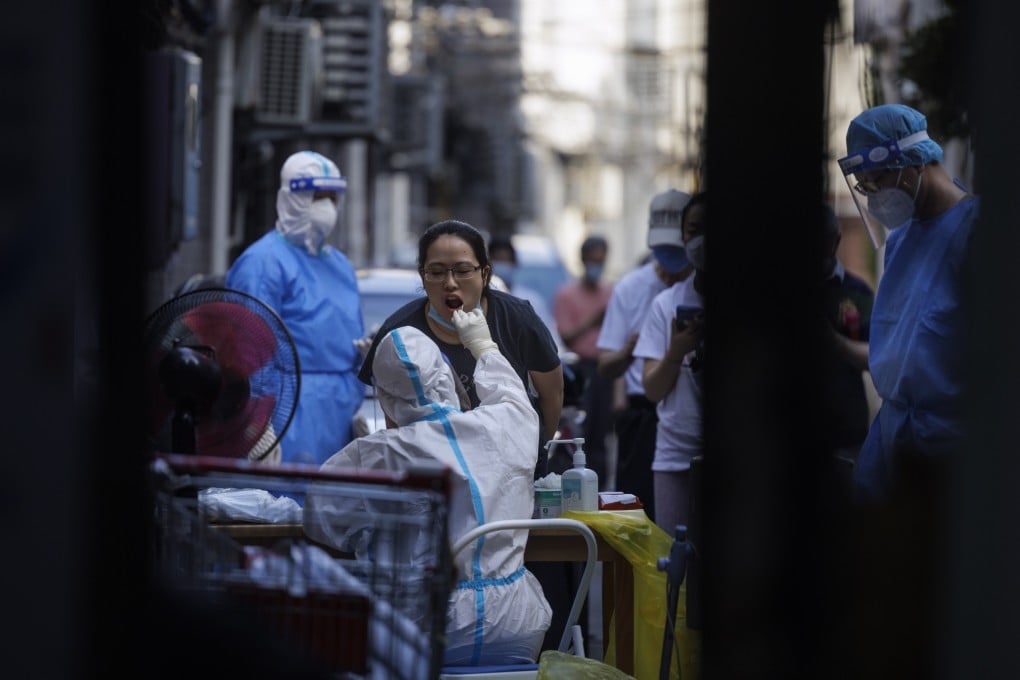Shanghai reopening: 3 new community infections found as city officials warn residents of risk of Omicron resurgence
- Total community infections since Shanghai formally relaxed a citywide lockdown on June 1 rose to 13, six being from the Dragon Boat Festival
- City officials aim to return life and work to normal by the end of the month, in what they describe as a ‘gradual’ and ‘phased’ process

Shanghai detected another three community infections as local health authorities issued a warning to the city’s 25 million residents that a resurgence of the Covid-19 Omicron variant could upend livelihoods and disrupt business again after a two-month lockdown was lifted on June 1.
The city’s health commissioner Wu Jinglei told a press briefing on Sunday night that scattered cases in the mainland’s commercial capital could spread quickly if immediate actions were not taken to cut the transmission chains.
“The community infections we spotted in the recent days were scattered across the city, likely to trigger a resurgence of the outbreak,” he said. “We must be highly alert to [virus transmission] risk.”
Total community infections since Shanghai formally relaxed a citywide lockdown on June 1 rose to 13, six of which were identified during the Dragon Boat Festival from Friday to Sunday.
A total of 22 new cases were discovered in quarantine areas on Saturday, 57.1 per cent higher than a day earlier, local health authorities said in a statement on Sunday morning.
Wu said that all 176 close contacts of the three Covid-19 carriers found in the city’s northern Hongkou and Baoshan districts had been put under quarantine, where 106 had tested negative for the virus.